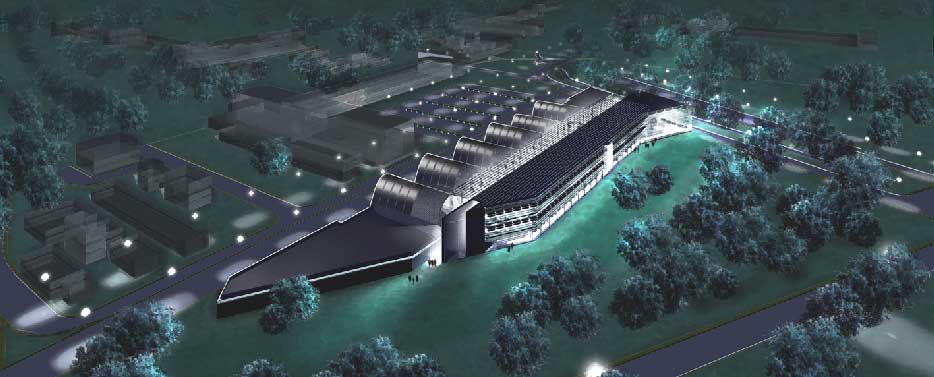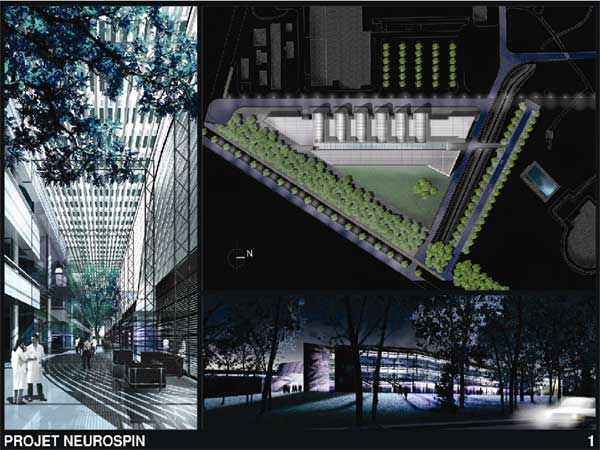Each
year, a growing percentage of the population in the developed
countries suffers from neurological or psychiatric diseases.
Large amounts of money are spent for the treatment and
rehabilitation of these patients.
Life expectancy is increasing and the potential benefits from
research on the workings of the brain in an ageing population are
obvious.
A
better understanding of how the
human brain works will have a direct impact on health care
but also on society. This
quest for an understanding of the brain is a major scientific and
technical endeavour which requires close cooperation between a
number of experts of many disciplines, such as physics, mathematics,
data processing, neurosciences, human and social sciences, ...








